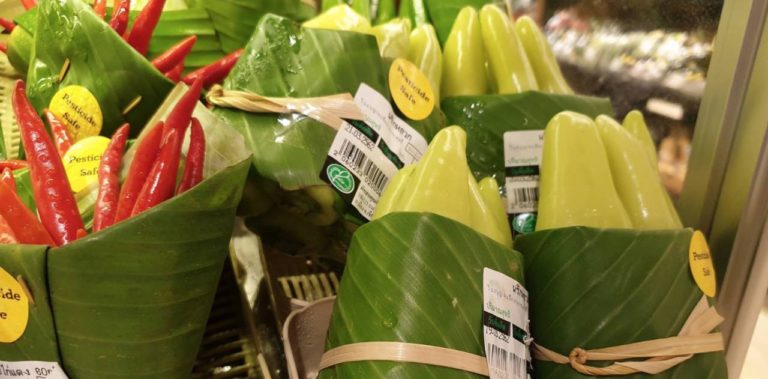Advertisements
Sustainable innovation with bioplastics has been gaining prominence on the global stage, and one of the most impressive examples of this trend is the giant circular orange juice machine, which turns squeezed orange peels into biodegradable cups. Developed by Italian design firm Carlo Ratti in partnership with energy company ENI, this invention called “Feel the Peel” is revolutionizing the way we think about the use of food waste. Standing 3.10 meters tall and capable of storing up to 1,500 oranges, this machine uses 3D printing technology to create cups from orange peels, demonstrating a practical and innovative application for technological bioplastic.

How the Juice and Bioplastic Machine Works
The “Feel the Peel” machine is a true spectacle of design and engineering. When someone orders an orange juice, the oranges stored in the machine slide into the juicer. On one side, fresh juice is produced, and on the other, the peels are stored for further processing. The peels undergo a drying and grinding process until they are transformed into a fine orange powder. This powder is then mixed with polylactic acid (PLA), forming the raw material. The bioplastic is heated and melted, and is used to feed an integrated 3D printer, which creates biodegradable cups. These cups, made from orange peel and bioplastic, are a clear example of how technology can be applied to reduce environmental impact.

Technological Bioplastic and Sustainability
The use of technological bioplastics, such as the cups created by the “Feel the Peel” machine, represents a sustainable solution to the problem of plastic waste. This material, unlike conventional plastics, is made from renewable resources, such as orange peel. In addition to being biodegradable, it reduces dependence on fossil fuels and minimizes the amount of plastic waste that ends up in landfills or the ocean. The creation of these juice cups is a tangible example of how the circular economy can be applied in practice, transforming waste into useful and sustainable products.
The Versatility of Technological Bioplastic
The idea of turning orange peels into cups is just the beginning. Carlo Ratti and his team are exploring new ways to use technologically advanced bioplastics to create a variety of products. The next step could include printing fabrics made from fruit peels, further expanding the possibilities for reusing food waste. This type of innovation not only helps reduce environmental impact, but also creates new business opportunities and stimulates the green economy. The use of technologically advanced bioplastics is a growing trend, and projects like “Feel the Peel” are at the forefront of this revolution.
The Debate on Juice Consumption and Environmental Impact
While the technology behind the “Feel the Peel” machine is impressive, it also raises questions about the consumption of orange juice and its environmental impact. Orange juice, when consumed without the fiber present in the whole fruit, may not be as healthy as one might think, due to its high fructose content. Furthermore, the production and transportation of oranges also have their own environmental impact. However, projects like this highlight the importance of finding creative solutions to minimize this impact, whether through the use of technological bioplastics or through changes in consumption habits.
Future of Sustainable Packaging and Technological Bioplastics
The development of technologies such as the “Feel the Peel” machine represents an important step towards a more sustainable future. The use of technologically advanced bioplastics made from food waste, such as orange peels, offers a viable alternative to traditional plastics, which are a major cause of environmental pollution. As more companies and designers adopt this approach, we can expect to see an increase in the availability of products made from sustainable materials. The key to the success of these initiatives will be collaboration between different sectors of society, including governments, businesses and consumers, to ensure that environmental impacts are significantly and lastingly reduced.
Check out other interesting facts about recycling clicking here.
Learn how to make art by recycling, Click here.



